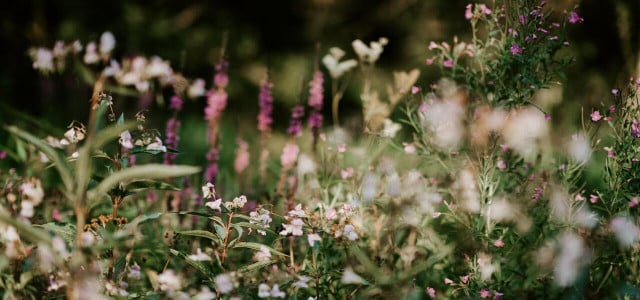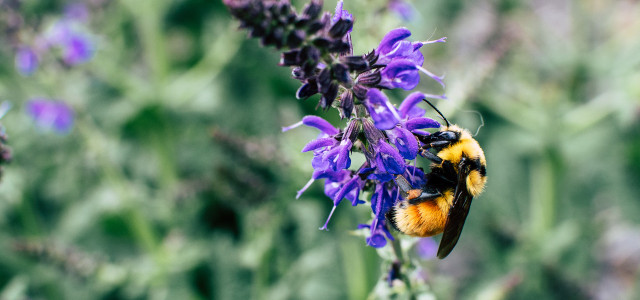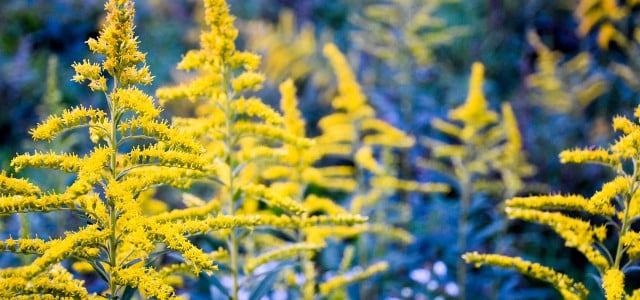Learn how to plant wildflower seeds to brighten up your yard. Wildflowers come in all shapes, sizes, and colors so you’re sure to find something you like.
When you think of wildflowers, chances are your mind conjures up images of wide-open fields dotted with colorful blooms. Now imagine that same scene in your backyard. By incorporating wildflowers, you’re actually taking part in what’s known as native gardening. This type of gardening is great for the environment as it benefits wildlife and requires fewer resources to thrive. We’ll explain how to plant wildflower seeds so you can enjoy them at home.
How to Plant Wildflower Seeds
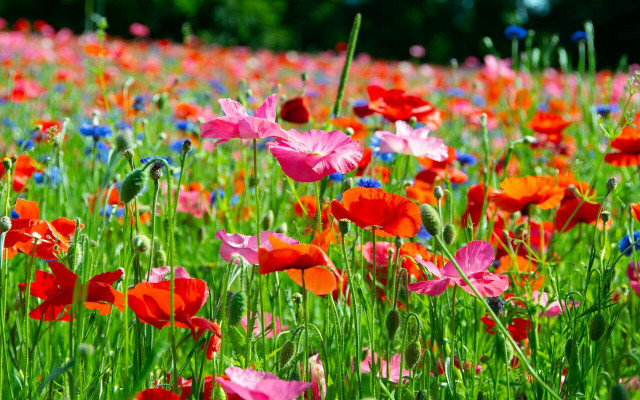
Learning how to plant wildflower seeds is straightforward and doesn’t require much gardening experience. Here are the steps:
- Plan when to plant: Spring is the best time to plant your seeds; however, pay attention to the last frost date for your seeds to germinate.
- Measure your space: You’ll need to measure the area you wish to fill, so you know how much seed you require.
- Prepare the soil: This involves weeding, removing debris from the space, and adding extra soil if necessary.
- Sow the seeds: For best results, sow your seeds when rain is in the forecast to allow them to be watered naturally.
- Compress the seeds: Germination requires good soil-to-seed contact, so press the seeds into the soil without burying them. Consider walking over your freshly sown seeds to press them in.
- Water regularly: The soil should never be soaking wet; instead, keep it moist. Watch the forecast and let the rain do as much work as possible.
- Enjoy your garden: After a few weeks, you’ll see signs of life. Keep watering until the plants are well established, and enjoy your colorful blooms.
It’s a good idea to speak to your local garden center experts if you have questions about how to plant wildflower seeds. They will help you avoid planting invasive species and can point you in the direction of plants that are good for the environment.
Popular Types of Wildflowers
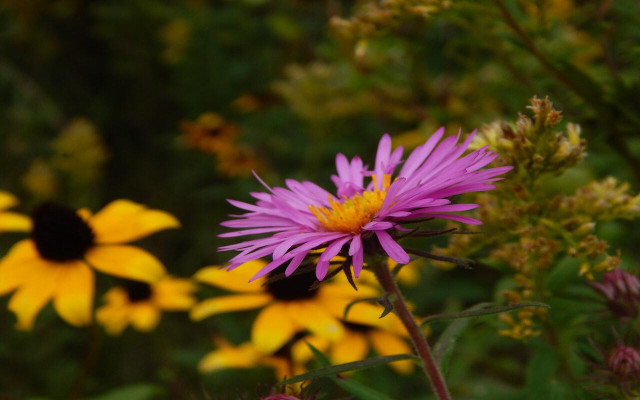


You might be surprised that many popular flowers in garden centers across the country are actually native plants. If you’re interested in adding easy-to-grow vegetables to your garden, wildflowers bring beneficial pollinators, making them ideal for companion planting. Learning how to plant wildflower seeds means you can add some of these common wildflowers to your garden:
- Black-eyed Susan: Commonly found in prairie fields, the native range of this sunny yellow plant spans the eastern two-thirds of North America.
- Milkweed: Better known as the butterfly weed, this plant is native to Ontario and Newfoundland in Canada. In the US, its native range spans from New England to Florida and west to Texas.
- Jerusalem artichokes: Also known as sunchokes, you’ll find these growing in eastern and central North America.
- New England aster: Featuring a delicate purple bloom, the native range covers eastern Canada, New England to Georgia, and stretches west to the Pacific Northwest.
- Purple coneflower: Sometimes known as echinacea, this medicinal plant’s native range extends from the eastern US to Texas, Colorado and Nebraska.
- Wild bergamot: Also known as bee balm, this plant has a broad native range from the East Coast to the Rockies.
When to Plant Wildflower Seeds
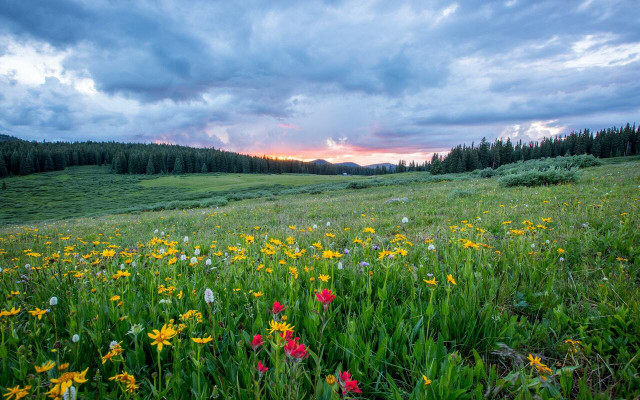


Spring is the perfect time to plant wildflower seeds as the temperatures are warming, and life is coming back after the winter months. It might feel odd to plant flowers in March, but depending on which USDA Plant Hardiness Zone you live in, the ideal time for planting ranges from late March to early May.
If you want a full field of flowers, start planting early for the seeds to germinate and get that extra bit of growth time in. After you’ve looked into how to plant wildflower seeds, remember to sow them in a location that will get full sun to get the brightest and fullest garden.
Read more:
- 11 Flowering Bushes and Shrubs to Bring Birds and Insects to Your Garden
- DIY Seed Starting Mix Recipe
- This Is Why You Probably Suffer From Plant Blindness
Do you like this post?






